Get PeakVisor App
Sign In
Search by GPS coordinates
- Latitude
- ° ' ''
- Longitude
- ° ' ''
- Units of Length

Yes
Cancel
Share ×

Scan the QR code and open PeakVisor on your phone
❤ Wishlist ×
Choose
Delete
Rising high above the sagebrush and grasslands below, the Stansbury Mountains is a small chain of peaks located in the northwestern part of the US state of Utah. The range contains 39 named mountains, the highest and most prominent of which is Deseret Peak (11,030ft/3,362m).
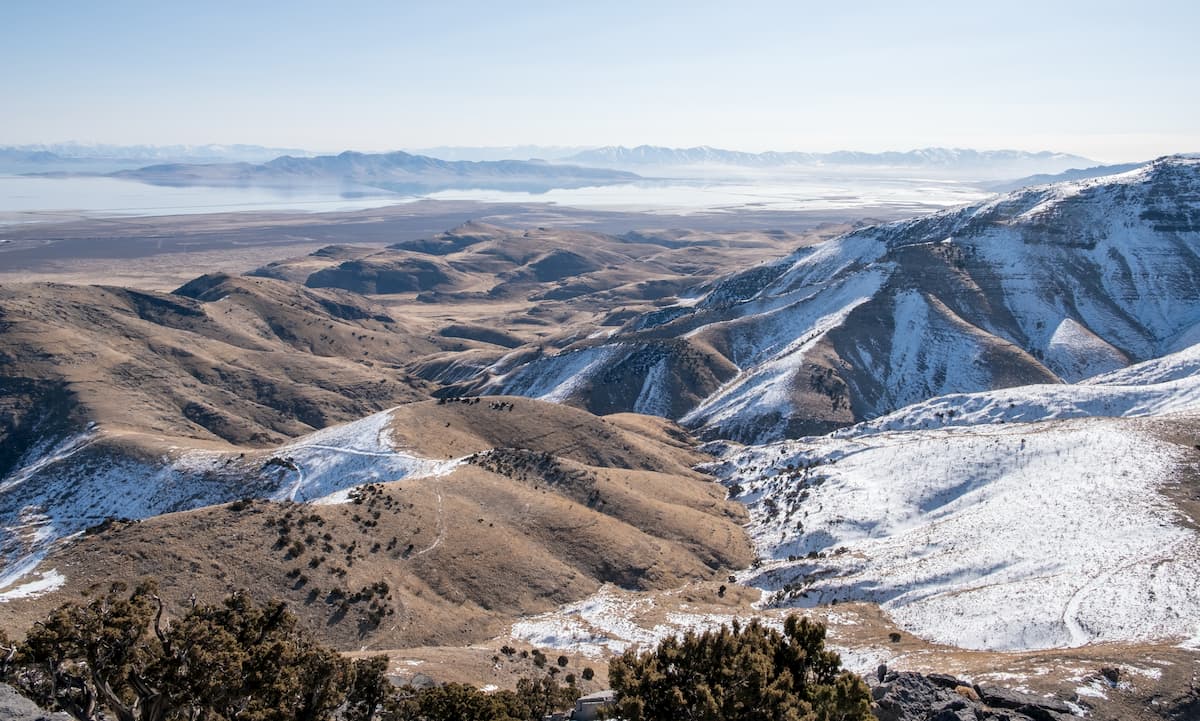
Situated in the northwest of the US state of Utah, the Stansbury Mountains are a relatively small mountain range that extends for about 28 miles (45km) from north to south. It is located entirely in Tooele County and it is bordered to the north by the Great Salt Lake.
The Stansbury Mountains are contained almost entirely within the Uinta-Wasatch-Cache National Forest, though small areas in the north and the south of the range are technically located on BLM land. Moreover, about half of the western part of the range is included within the Deseret Peak Wilderness.
Unlike the majority of the Uinta-Wasatch-Cache National Forest, however, the Stansbury Mountains are not part of the Wasatch Range nor the Uinta Mountains. Instead, the Stansbury Mountains are technically part of the Great Basin Ranges, alongside its 2 neighboring ranges - the Oquirrh Mountains to the east and the Cedar Mountains to the West.
Moreover, the Stansbury Mountains are located in a rugged part of Utah that separates the Wasatch Range and the Western Rocky Mountains to the east from the Great Basin Ranges of Nevada to the west.
To the west of the Stansbury Mountains lies the Hill Air Force Range, the Silver Island Mountains, the Pilot Range, the Deep Creek Range, and the Dugway Range, as well as the Great Salt Lake Desert. Meanwhile, the range is located to the north of the Onaqui Mountains, the Sheeprock Mountains, the Simpson Mountains, the West Tintic Mountains, the East Tintic Mountains, and the Canyon Mountains, as well as the Skull Valley Reservation of the Skull Valley Band of Goshute.
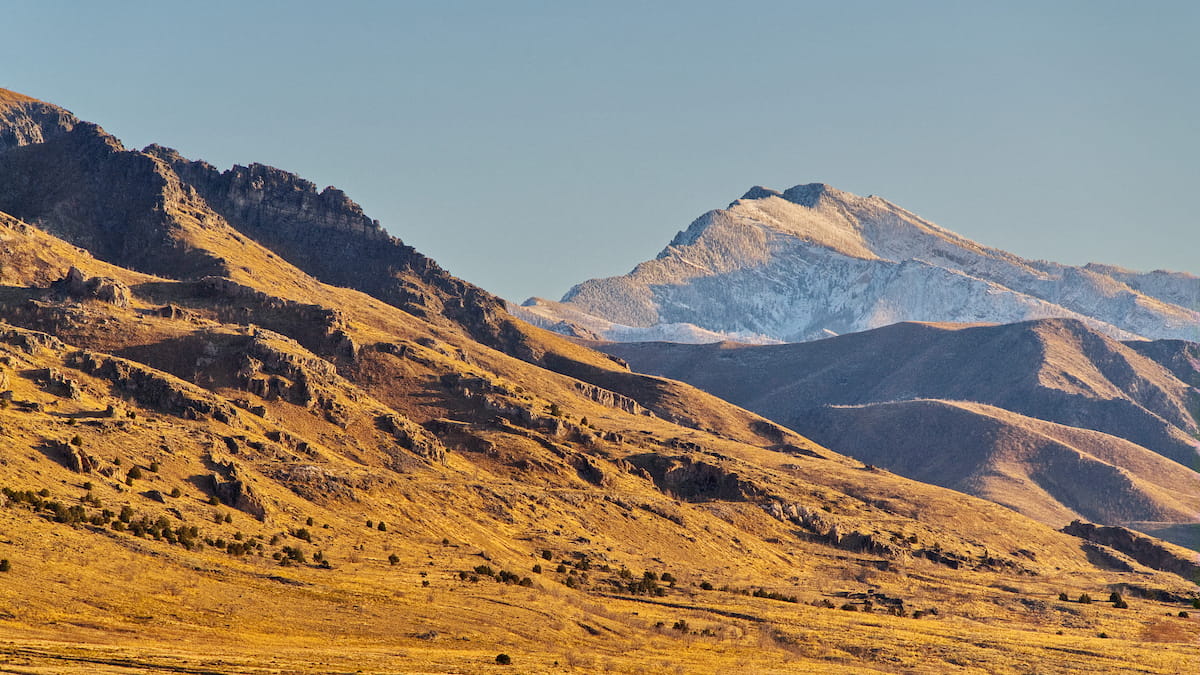
The range is also located to the west of both the Oquirrh Mountains and the Wasatch Range, as well as to the south of the peaks of the Great Salt Lake Islands, the Lakeside Mountains, the Grouse Creek Mountains, the Raft River Mountains, and the Hogup Mountains.
The Stansbury Mountains are part of the Great Basin Ranges, which cover a wide swath of land in Nevada, California, Oregon, Idaho, and Utah. Although there are hundreds of small ranges within the Great Basin Ranges, each with their own unique geologic structures, they all share a similar formation and history.
Like the rest of the Great Basin Ranges, the Stansbury Mountains are a part of a series of alternating mountain ranges and valleys (hence the name ‘basin and range’). This region started to develop during the Early Miocene as tectonic extension warped the bedrock and created the alternating basin/range topography that we see today.
Within the Stansbury Mountains, the rock is predominantly sedimentary, with various interspersed layers of metamorphic rock, such as quartzite and shale, toward the edges of the range. Some of the rocks in the Stansbury Mountains are exceptionally old, with parts of the region’s bedrock dating back to the Early Cambrian.
Moreover, the Stansbury Mountains, like much of the rest of the Great Basin Ranges, are fairly rich in mineral resources. Over the years, lead, zinc, mercury, and limestone have been mined in the region and there are potential gold, silver, antimony, bismuth, and arsenic deposits within the range. In fact, the region has a fairly long history of mining, as the nearby Oquirrh Mountains are home to the Bingham Canyon Mine, which is the world’s largest open-pit copper mine.
Major peaks in the range include Deseret Peak (the third most prominent mountain in Utah), Onaqui Benchmark, Vickory Mountain, Bald Mountain, South Medina, and Hickman Peak.
For the most part, the Stansbury Mountains are part of a major ecoregion which covers much of the Great Basin.
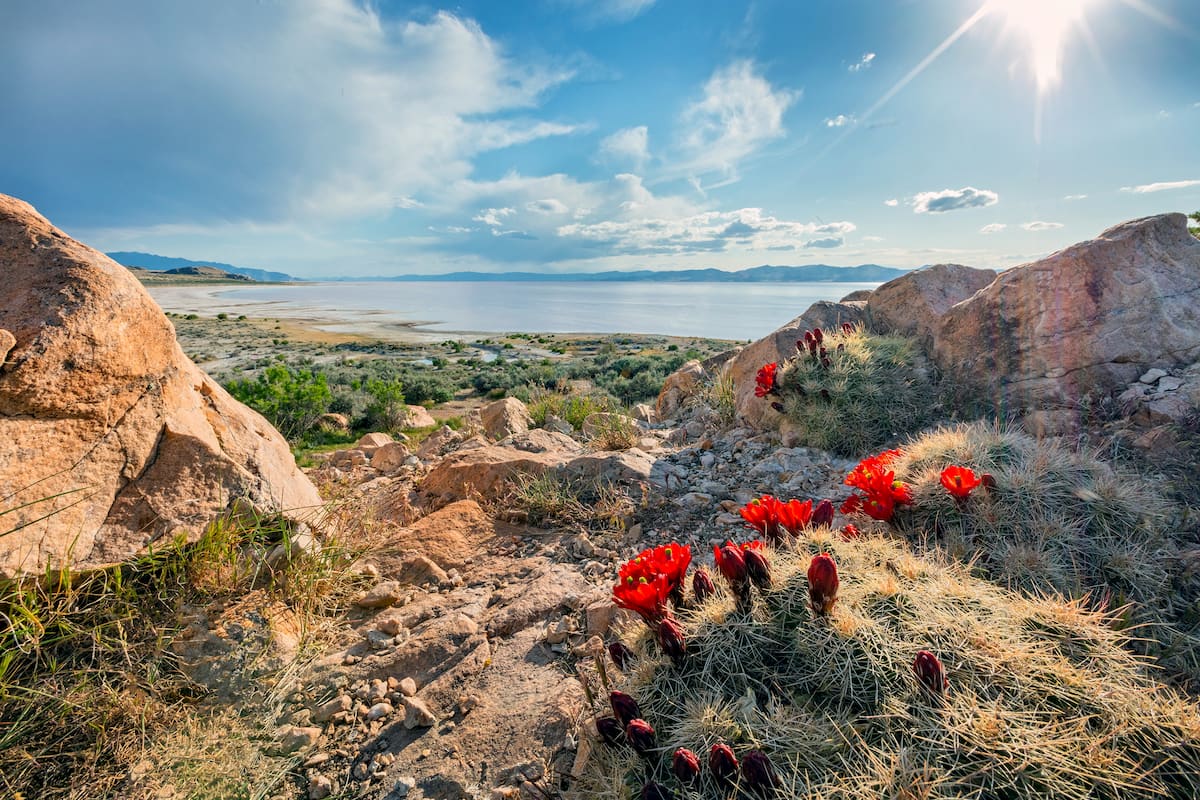
This ecoregion is home to a number of different plant communities, though sagebrush, grasslands, and juniper forests are most common at lower elevations. Within drainages, hikers can find small communities of aspen, chokecherry, and cottonwood, while the mountain tops in the range are mostly covered by mountain mahogany, shrubbery, and grasses.
One can also find various stands of conifers and aspens in the most sheltered northerly aspects of the range, though the high temperatures and dry climate limit the total number of species that can survive in the Stansbury Mountains.
As far as wildlife goes, the Stansbury Mountains are home to nearly 200 species of animals. Major mammal species include mule deer, pronghorn, coyotes, jackrabbits, mountain lions, and bobcats. There are also plans to reintroduce Rocky Mountain bighorn sheep to the range, which is part of the species’ traditional habitat. Other wildlife in the Stansbury Mountains include dozens of species of birds, including some 17 species of raptors, like bald and golden eagles.
Additionally, there is a herd of wild horses that live in Big Creek Canyon within the Deseret Peak Wilderness, so care is needed if you plan to travel in this region.
The state of Utah has a long and storied history of human inhabitation and the Stansbury Mountains are no exception. Humans have lived in and around the Stansbury Mountains for thousands of years, including the Goshute people who consider the region to be their ancestral homelands.
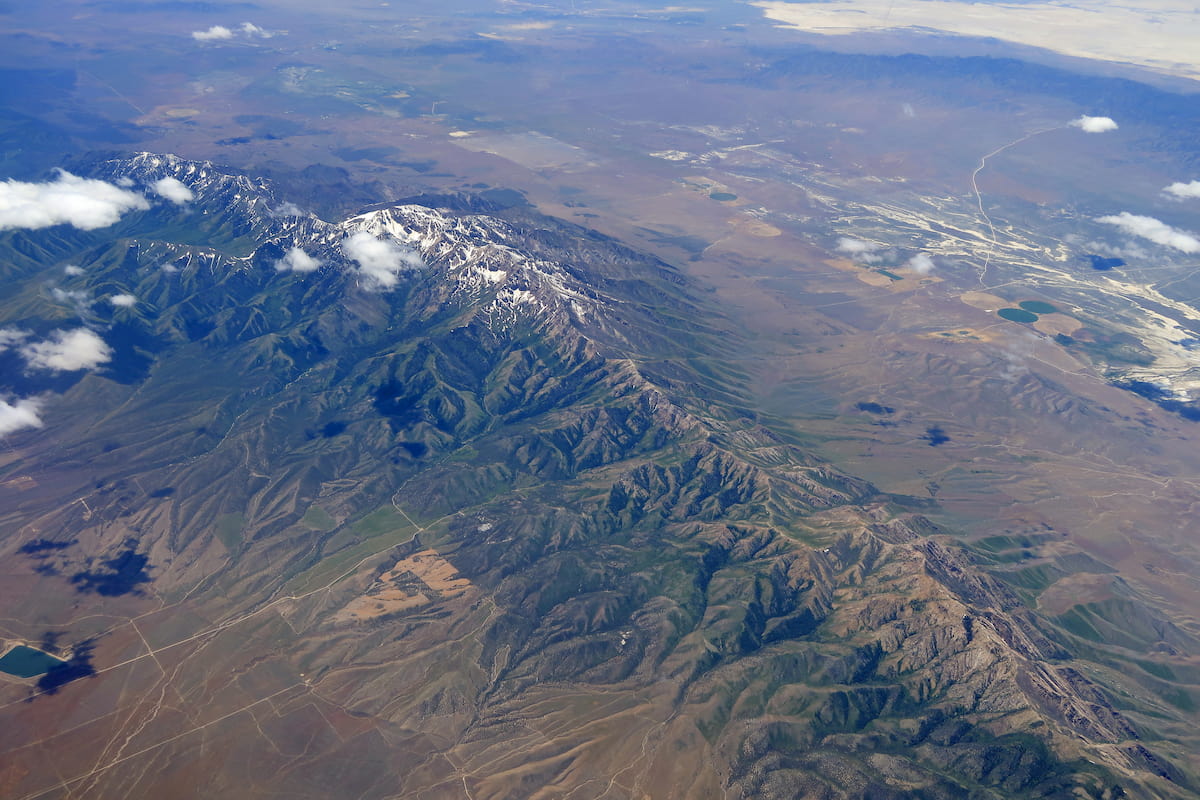
There are currently 2 federally-recognized tribes of Goshute people, including the Skull Valley Band of Goshute, many of whom live on a reservation to the southwest of the range, and the Confederated Tribes of the Goshute Reservation, many of whom live on a reservation that straddles the Utah-Nevada border near the Deep Creek Mountains.
One of the first people of European descent to visit the region in and around the Stansbury Mountains were Jim Bridger and Etienne Provost, who were some of the first Americans and Canadians of European descent to see the Great Salt Lake in the 1820s. A few years later, Peter Skene Ogden traveled around the Great Salt Lake as part of his work with the Hudson's Bay Company.
However, there wasn’t too much interest in the region or the Great Salt Lake from the US government until John C. Fremont’s 1843 expedition to the region. While Fremont didn’t quite have enough time to survey the entire lake, the US Army Corps of Topographical Engineers’ Howard Stansbury completed a survey of the region in the late 1840s and early 1850s.
Stansbury, from whom the mountains get their English-language name, conducted a scientific survey of the region and is believed to be one of the first people of European descent to visit the Stansbury Mountains.
By this time, though, Brigham Young of the Church of Jesus Christ of Latter-day Saints (LDS Church) had already led a group of Mormon settlers into the Salt Lake Valley, where they founded Salt Lake City. This led to a long conflict between the Mormon settlers and the many Indigenous peoples who called the region home, including the people of the Timpanogos Nation. At one point, Stansbury had actually advised Brigham Young to massacre the Timpanogos, which led to the Battle at Fort Utah in the 1850s.
Over the years, the region to the east of the Stansbury Mountains (the Wasatch Front) became heavily settled by immigrants, many of whom travelled from the eastern United States. While the area in and around the range itself is fairly sparsely populated, it is located near some of the most densely populated parts of the state, as the range is just over a 1 hour drive from Salt Lake City.
The range first came under federal purview with the establishment of the Wasatch-Cache National Forests in 1906. The forests were later merged with the Uinta National Forest to become the jointly managed Uinta-Wasatch-Cache National Forest that exists until this day.
In 1984, with the passage of the Utah Wilderness Act, the Deseret Peak Wilderness was formally established. This protected about 25,508 acres (10,322 ha) in the westernmost part of the range from future development.
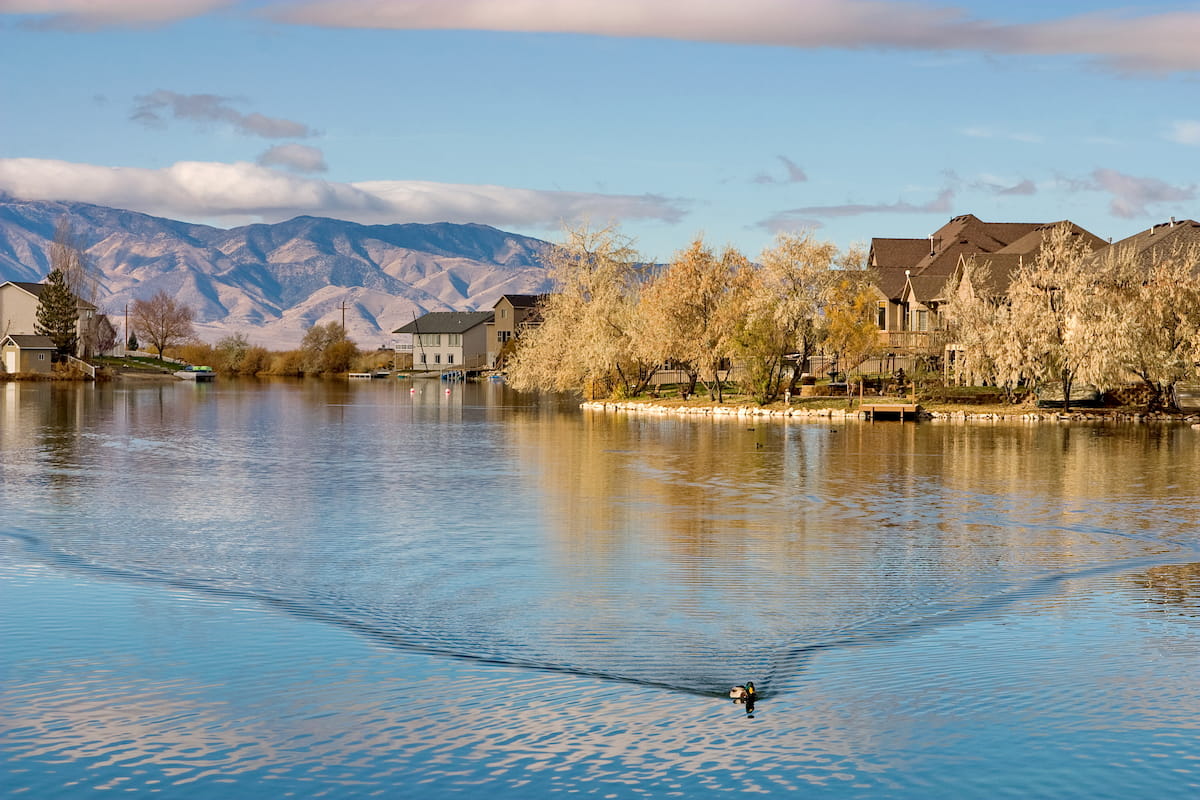
Nowadays, although the region is often overshadowed by the peaks in the Wasatch Range, the Stansbury Mountains remain a great place to adventure if you’re looking to get off the beaten path.
The Stansbury Mountains are home to a great collection of hiking trails, which provide plenty of opportunities for adventure in the backcountry. Here are some of the best trails to check out in the region:
As the highest point in the range, Deseret Peak is a must-climb for any peak bagger. The peak is located squarely within the aptly-named Deseret Peak Wilderness, though there is a 7.5 mile (12.1km) trail to the summit tha leaves from the Loop Campground near Grantsville. For the most part, the trail is fairly straightforward and you may even get a chance to see the herd of wild horses that lives in Big Creek Canyon.
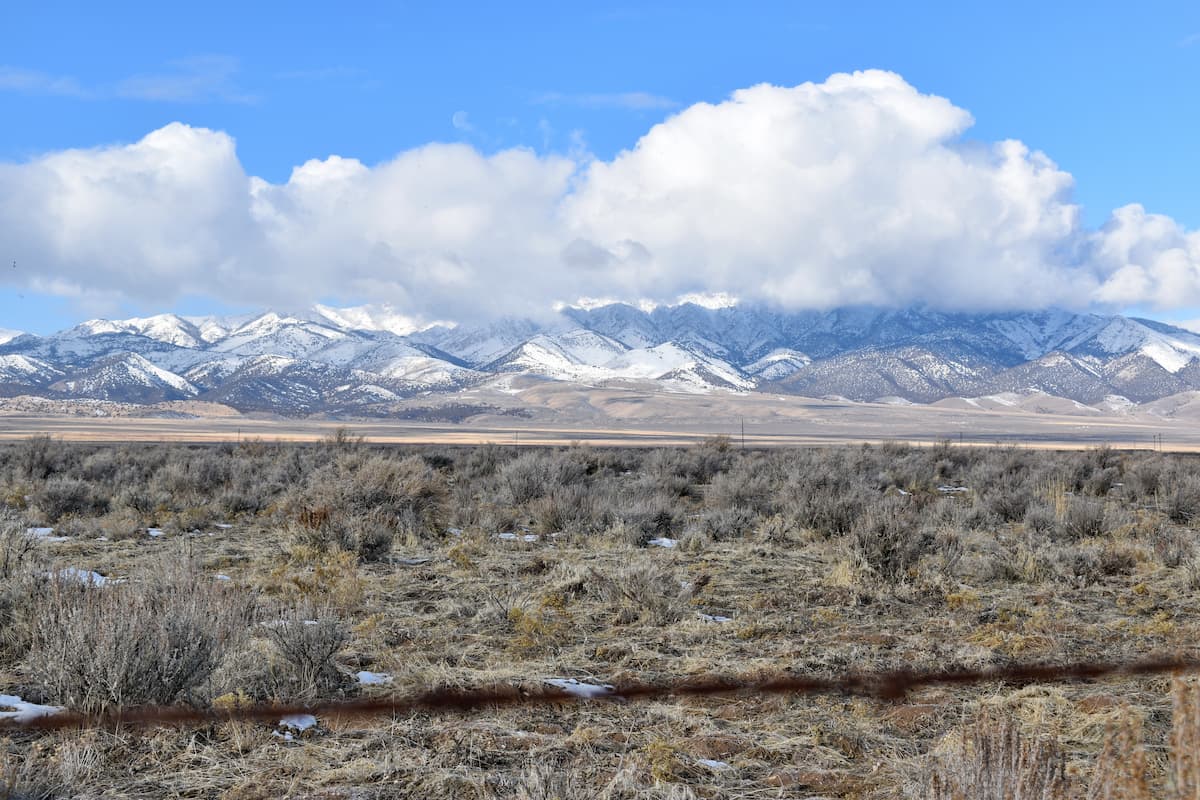
The second-highest peak in the Stansbury Mountains, South Medina Peak is a worthy day hike for more ambitious adventurers. Hikers can access South Medina Peak from the Loop Campground and, in fact, it’s even possible to summit both South Medina and Deseret Peak in a single day.
Do keep in mind however, that, while scenic, this hike does require a bit of scrambling to get to the summit.
A 23 mile (37km) point-to-point hike that takes you from Big Hollow to West Canyon, the Stansbury Front Trail is a great weekend adventure for folks who want to see as much of the Stansbury Mountains as possible. The trail offers some truly spectacular scenery, though it is very steep and strenuous, especially when completed in the mid-summer heat.
Here are some of the best places to stay before or after your trip to the Stansbury Mountains:
The capital and largest city in the state of Utah, Salt Lake City is a must-visit for any visitors to the region. It is home to about 200,000 people and is just over a 1 hour drive to the east of the Stansbury Mountains. Moreover, the city has the largest airport in the state, as well as great road connections to some of the region’s best outdoor recreation opportunities.
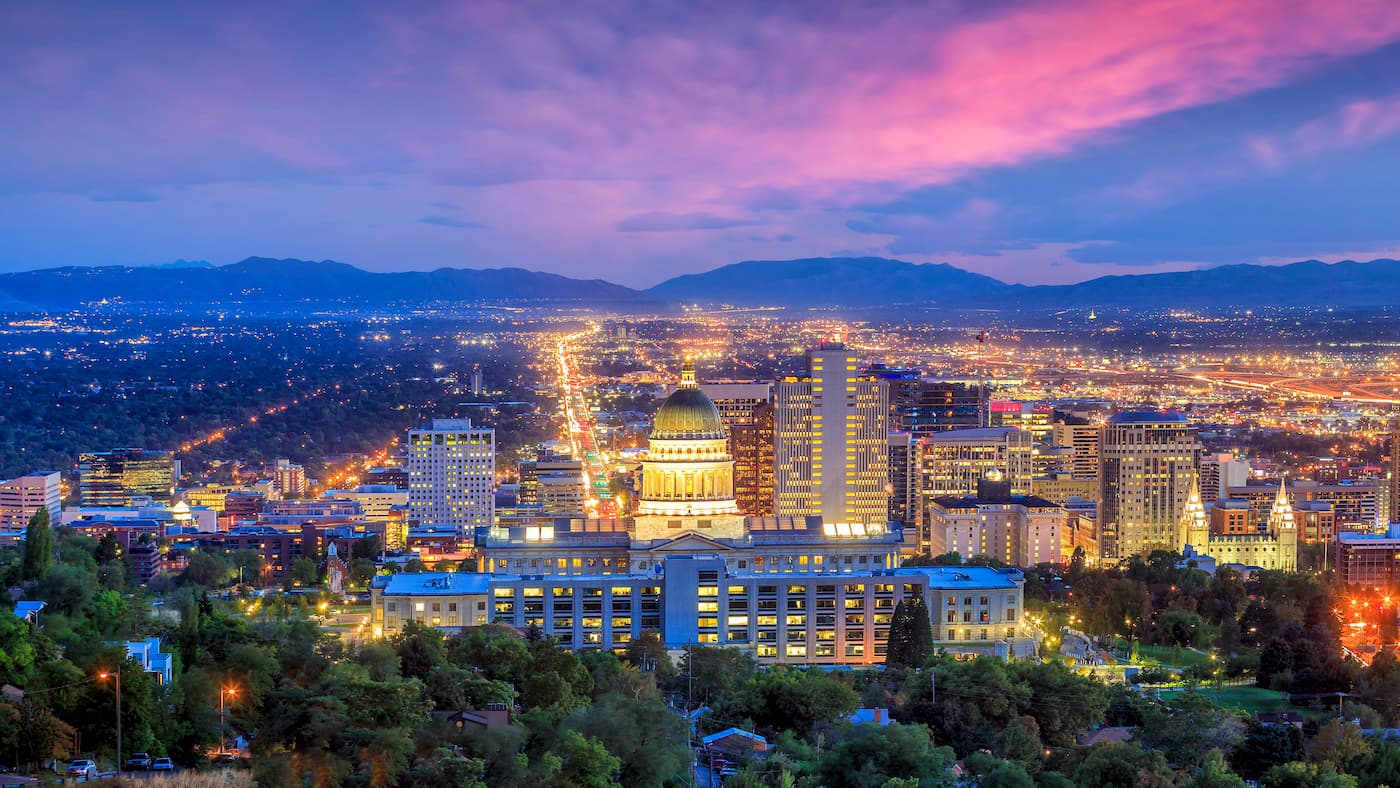
With about 116,000 residents, the city of Provo is the third largest metropolitan area in Utah. It is just south of Salt Lake city and just to the east of the Stansbury Mountains. Provo is easy enough to get to on I-15 and it is the location of Brigham Young University’s main campus.
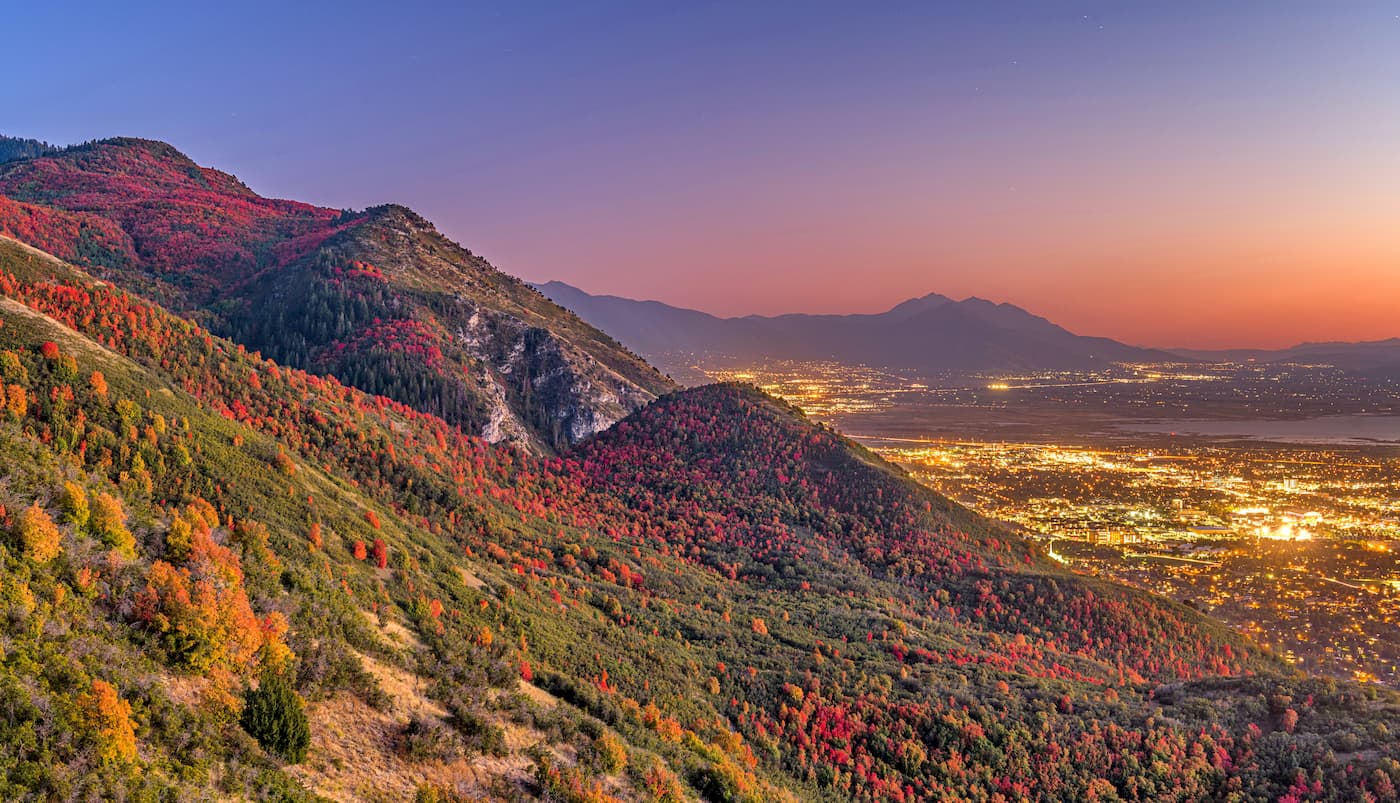
Explore Stansbury Mountains with the PeakVisor 3D Map and identify its summits.








